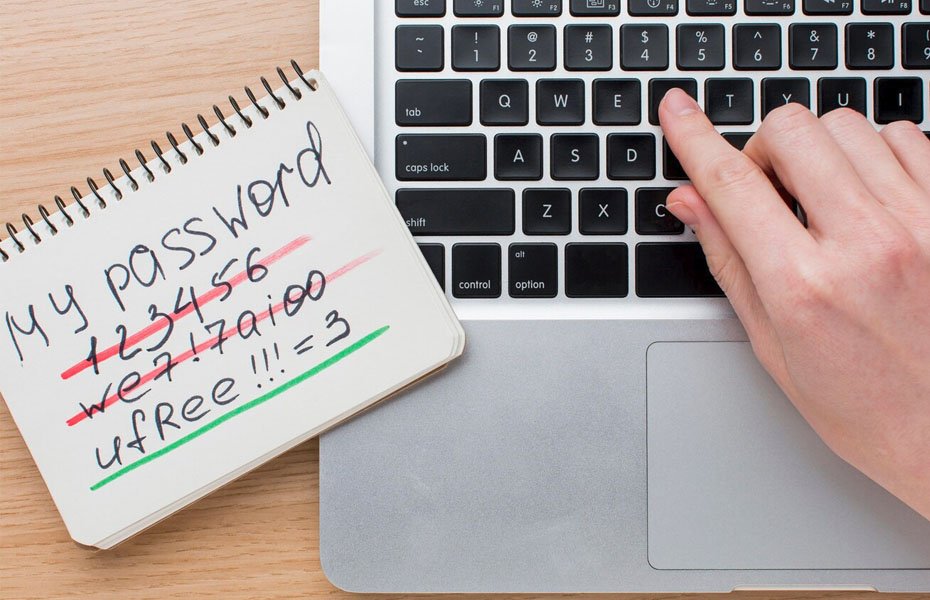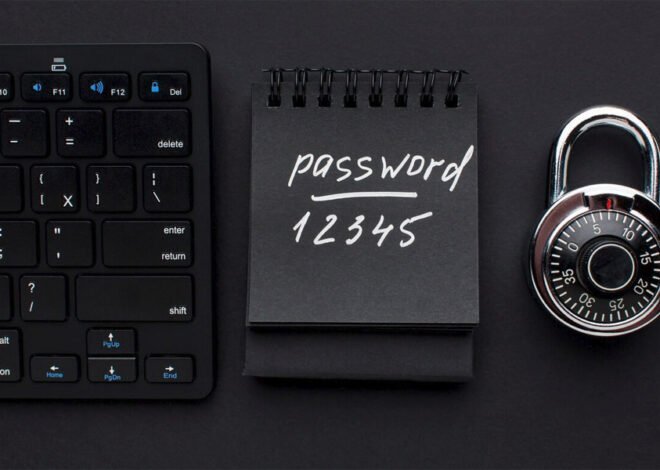
How To Detect Keyloggers: A Simple Guide
Keyloggers are sneaky software programs that can record everything you type on your computer, including passwords and personal information. Knowing how to detect keyloggers can protect your privacy and security. Here’s a friendly guide to help you spot and remove them.
What Is a Keylogger?
A keylogger is a type of malicious software (malware) designed to capture your keystrokes and send that data to hackers. They can be installed on your computer through infected email attachments, websites, or even apps.
Signs You Might Have a Keylogger
Slow Computer Performance
If your computer is suddenly slow or freezing for no reason, it could be due to a keylogger running in the background.Unusual Pop-Ups
If you’re seeing random pop-ups or unfamiliar software, it might be a sign of malware like a keylogger.Antivirus Alerts
A good antivirus program should alert you if it detects suspicious activity on your device.Increased Data Usage
Keyloggers often send data to hackers, so keep an eye on your data usage. Sudden spikes might indicate a problem.
How To Detect Keyloggers
Here’s how to check your system for keyloggers:
Run a Full Antivirus Scan
The easiest way to detect a keylogger is by running a full system scan using trusted antivirus software. This scan will check for any hidden malware and help you remove it.Check Installed Programs
Go to your computer’s Control Panel and check for unfamiliar or suspicious programs. If you see something you didn’t install, it could be malware.Use Task Manager (Windows) or Activity Monitor (Mac)
Open Task Manager (Ctrl + Shift + Esc) or Activity Monitor and look for processes using high resources or with unfamiliar names. If you’re unsure about a process, do a quick online search to verify its legitimacy.Install Anti-Malware Software
Sometimes, keyloggers are missed by regular antivirus scans. Installing anti-malware software can help detect more advanced keyloggers.Check Browser Extensions
Some keyloggers work through browser extensions. Go to your browser settings and review the installed extensions. Remove anything unfamiliar.
Protect Yourself From Keyloggers
To avoid keyloggers in the future, follow these safety tips:
- Always keep your antivirus software updated.
- Be cautious when downloading files or apps, especially from unknown sources.
- Avoid clicking on suspicious links or email attachments.
- Regularly change your passwords and use two-factor authentication.
Keyloggers can be dangerous, but with the right tools and knowledge, you can easily detect and remove them. Stay proactive with your computer’s security, and always be cautious of what you download or click. Protecting your personal information is crucial! To learn more about keyloggers, check out this in-depth guide: What Are Keyloggers?.
Related Posts

How to Remove Keyloggers

What Are Keyloggers?

